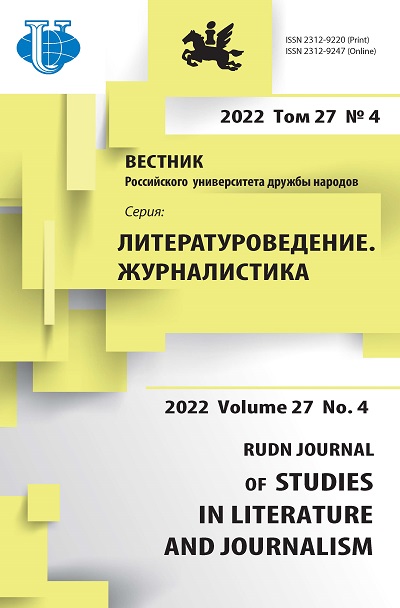Audiovisual media in the universities of Russia: typology and analysis of the content
- Authors: Urazova S.L.1, Gromova E.B.2, Kuzmenkova K.E.3, Mitkovskaya Y.P.4
-
Affiliations:
- Russian State University of Cinematography named after S. Gerasimov
- Sevastopol Branch of M.V. Lomonosov Moscow State University
- Peoples’ Friendship University of Russia (RUDN University)
- HSE University
- Issue: Vol 27, No 4 (2022)
- Pages: 808-822
- Section: JOURNALISM
- URL: https://journals.rudn.ru/literary-criticism/article/view/33291
- DOI: https://doi.org/10.22363/2312-9220-2022-27-4-808-822
Cite item
















